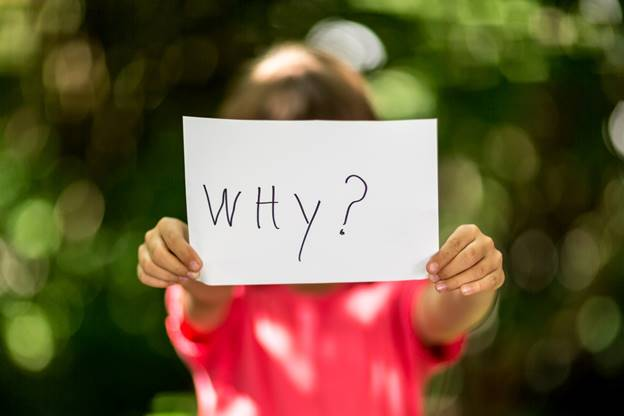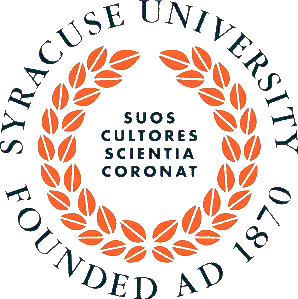Young Innovators and School Librarians: A Perfect Match
Young Innovators and School Librarians: A Perfect Match
Innovation requires a combination of effective inquiry, problem-solving skills and persistence mixed with some curiosity and creative thinking. Innovative thinking encompasses affective skills such as curiosity, self-direction, risk-taking, as well as higher-order thinking processes (including information problem-solving) --- all of them essential skills for success in both an information-based society and a technological workplace.

Creativity and curiosity are our birthright; however, both traits must be nurtured in childhood in order to reach optimal levels. While most people may be creative to some degree, often their creativity will thrive and progress along the continuum only if their curiosity and interest are supported and nurtured. This is especially true for children.
When we are born, we have a heightened sense of curiosity about our world. We use all of our senses to learn everything we can. We ask questions about everything we encounter (the familiar "Why?" question). As we grow and develop, so does our curiosity and imagination.

But did you know that research, conducted by Susan Harter and others, has shown that, at around 3rd grade, children's curiosity and creativity takes a drastic nose-dive? As a result, children tend to ask fewer questions and are less willing to take risks and be creative. While there may be a number of reasons to explain this, curiosity and creativity remain at their lowest levels from that point until around 9th grade, when it begins to rise again. Unfortunately, it never returns to the high level that we observe in very young children.
This research highlights the urgent need for intervention. Our world needs innovative problem solvers. We must try to find ways to counteract whatever other forces are acting on children's curiosity and creativity. One way is to mentor children's innovative thinking and creative activities.
In its 2000 information literacy position paper, the American Association of School Librarians stated "To be prepared for a future characterized by change, students must learn to think rationally and creatively, solve problems, manage and retrieve information, and communicate effectively." School librarians have an unprecedented opportunity to transform their libraries into "innovation spaces" that allow all children to explore the things about which they are curious, expand their interests, and learn and apply critical inquiry skills to seek solutions to individual, local and global challenges that benefit themselves, others and society. In fact, research conducted by Ruth Small revealed that children are motivated by altruistic goals; i.e., they want to create something that will benefit others.
Librarians are uniquely qualified to mentor aspiring young innovators, leveraging their expertise as information specialists, teachers and collaborators in their schools.
Why is this?
1. The library is the only place in the school where students can make choices that customize their learning. The school library provides students with a place to flex their intellectual muscles, identify areas of personal interest and develop their talents (create their own educational "play-list," so to speak).
2. School librarians reach every child in the school.
3. Ideally, school librarians have flexible schedules to accommodate just-in-time learning.
4. School librarians teach the inquiry skills and technology skills that young innovators need to be successful. The library curriculum targets inquiry and technology skills in the context of the general curriculum.
5. School librarians collaborate with classroom teachers and other educators in their schools and districts to ensure that innovation activities are tied to curriculum standards and needs.
6. School librarians foster the imagination, curiosity, and creativity of their students through storytelling and information problem solving activities that stimulate inquiry and learning.
7. School libraries often have the resources required to create innovation spaces for students to express their creativity and innovative ideas.
To learn more about librarians as mentors, check out the following article.
Can you think of some other reasons why school librarians should be the go-to educators for innovation activities and learning? Type them into the text box below.
The Innovation Continuum
A creative idea can progress through what Small, Costa & Rothwell call the "Innovation Continuum." They perceive creativity, the creation of something new or novel, as the foundation of innovation. For example, with the assistance of the school librarian, fourth graders illustrate an existing oral folktale with computer graphics they find on the Internet. (Note: As we move across the continuum, it should be remembered that it is a continuum, a progression separated by degree, not a hierarchy, a series of levels.)
A creative activity can end as just that, but for it to lead farther along the continuum to invention, it not only has to be a novel product (or service or improve an existing product or service) but, according to Rosabeth Kanter, it must also have utility and lead to both acceptance and implementation by others. For example, after participating in the library activity above, Sally uses her ability to develop an original story with computer-generated illustrations, hand binds it, and presents it to the school librarian to place on a library bookshelf so that it can be shared with other students.
For innovation to reach the farthest point on the continuum, entrepreneurship, (1) the innovator must seek a market for the new product or service and (2) the innovation must be accepted or adopted by others as a result of active dissemination. Sally becomes an entrepreneur, for example, if she copyrights and professionally binds her original illustrated manuscript and sells it via the Internet.
Throughout the innovation process, learning occurs. At the same time, learning is the purpose, the process and the product of mentoring. Through learning, young innovators are able to:
- Solve problems;
- Make better decisions;
- Work collaboratively in teams;
- Become motivated and engaged;
- Manage conflict;
- Negotiate relationships; and
- Become more efficient and effective learners.
The North Central Regional Educational Laboratory (NCREL) defines innovative thinking in terms of the following six life skills: (1) adaptability and ability to manage complexity, (2) self-directedness, (3) curiosity, (4) creativity, (5) risk-taking behavior, and (6) higher order thinking skills (including information problem solving and creative thinking). As a mentor to a young innovator, you will need to support and encourage these six skills. Let's look at a 21st century version of an old and familiar part of every educator's training that demonstrates the importance of higher order thinking skills.
The Innovation Destination
The Innovation Destination was designed and evaluated by a team from the Center for Digital Literacy at the School of Information Studies, Syracuse University and developed by Data Momentum Inc, in partnership with the Connecticut Invention Convention, By Kids for Kids, New York On Tech, and over 70 school librarians and young innovators.
This site has been serving the youth invention community from 2015 - present.




